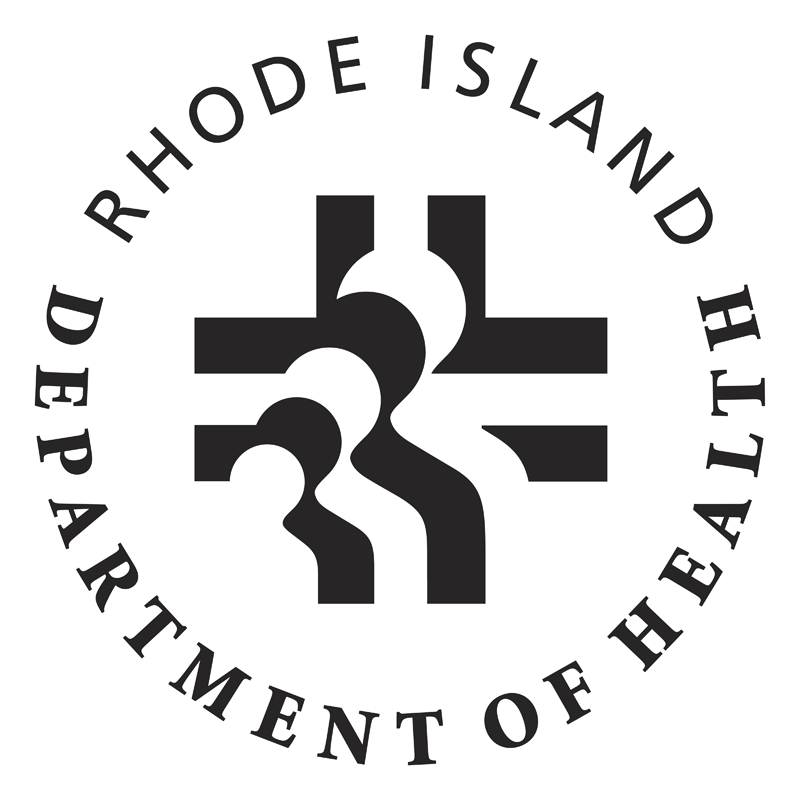Food Protection During and After Power Outages
Appropriate decision-making before, during, and immediately after power outages is necessary to protect people from unsafe food and minimize product loss. The food items of concern are moist, perishable foods in and on which bacteria can grow most easily during the time when the food is held in the temperature danger zone (41°F to 135°F). Power outages of more than 2 hours may be hazardous to food. The Department recommends that food retailers develop a plan and obtain appropriate emergency supplies before the need arises.
What you should do if there is a warning of an outage
Take action to keep hot foods hot and cold foods cold. Turn the refrigerator and freezer to the coldest setting. When the power goes out, the time should be noted.
What you should do when the power goes out
The goal is to keep hot food above 135°F and cold food below 40°F for as long as possible, and to monitor temperature to determine when food is no longer safe to eat.
Hot food
- Do not place hot foods in refrigerators or freezers.
- Use "canned heat" under foods on electric steam tables to help maintain a minimum temperature of 135°F.
Cold food
- Keep refrigerator and freezer doors closed as much as possible .
- If practical, group packages of cold food together to reduce heat gain.
- Cover open refrigerated and frozen food cases, especially vertical displays.
- Caution: The use of dry ice for cooling foods may result in an unsafe build-up of carbon dioxide (CO2).
Do not prepare food if you cannot:
- Properly wash, rinse, and sanitize utensils.
- Operate cooking hood ventilation and make-up air supply systems. (Toxic fumes may cause injury or death.)
- Light food preparation areas well enough to allow for safe food preparation, cleaning, and sanitizing.
- Access hot water or adequate water pressure.
- Maintain safe food temperatures.
What you should do when power is restored
- Check internal food temperature.
- Separate packages of food in refrigeration units and freezers to allow for faster recooling, if practicable.
- Discard potentially hazardous food that may have been in the temperature danger zone.
Determine if potentially hazardous food is safe
Hot food
- If the outage lasts 2 hours or less and the food temperature is less than 135°F, it may be sold if it is reheated to 165ºF and then held at 135ºF or above, or if it is rapidly cooled to 41ºF or below within 2 hours following the restoration of power.
- If the outage lasts more than 2 hours, food cannot be sold.
Cold food
- If the outage lasts less than 2 hours and food is 45°F or colder, it can be sold. If it is between 46°F and 50°F, immediately cool it to 41°F or below within 2 hours.
- If the outage lasts between 2 and 4 hours, food can be sold if it is colder than 45°F, but it must be cooled to 41°F or below within 2 hours. If the food is between 46°F and 50°F, it must be cooled to 41°F or below within 1 hour. If it is warmer than 50°F, it cannot be sold.
- If the outage lasts 4 hours or more, food can be sold if it is 45°F or colder and cooled to 41°F or below within 1 hour. If it is warmer than 45°F, it cannot be sold.
Dispose of Unsafe Food
When in doubt, throw it out. If it is determined that food must be discarded, document the type and amount of food and the reason for disposal for insurance and regulatory purposes. Small volumes of food to be discarded can be denatured with a cleaning product (such as bleach) and placed in the outside refuse bin. To discard large volumes of food, contact your refuse disposal company or your local landfill operator for disposal instructions. If there are any questions regarding the safety of specific foods, contact us.
Return to Normal
The following conditions should be verified prior to resuming food preparation and/or sale of potentially hazardous foods:
- All unsafe potentially hazardous food has been discarded.
- Electricity and gas services have been restored.
- All circuit breakers have been properly reset, as needed.
- All equipment and facilities are operating properly, including: lighting, refrigeration, hot holding, ventilation, toilet facilities
- Hot and cold potable water, under pressure for: hand washing, proper dishwashing
If your facility is closed by the Department of Health, it must remain closed until you obtain official approval from the Department to reopen.

 Rhode Island Department of Health
Rhode Island Department of Health